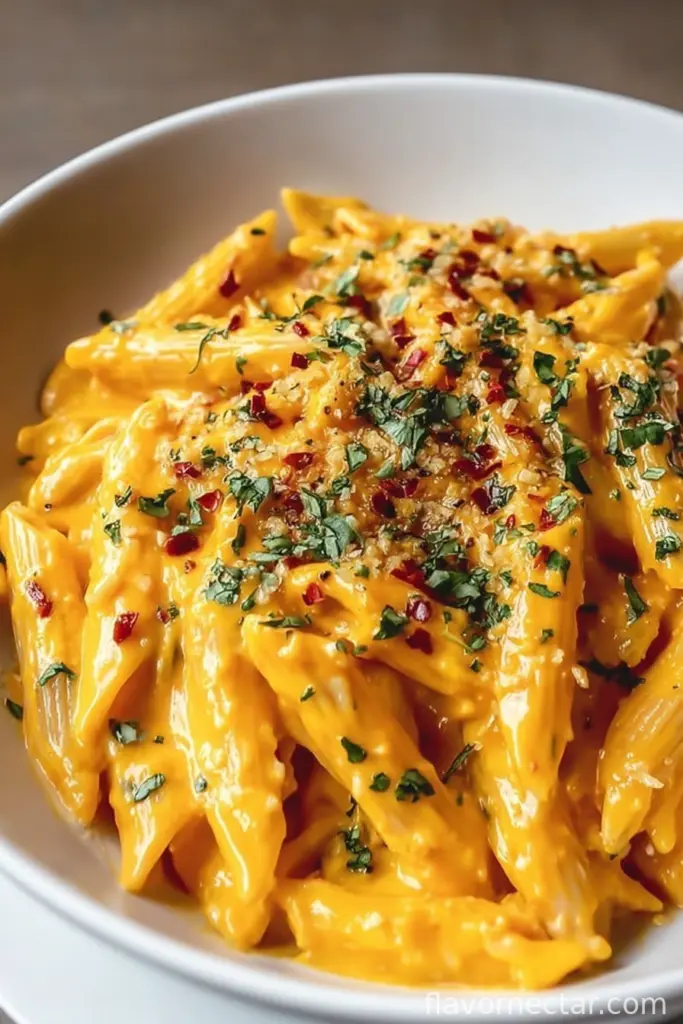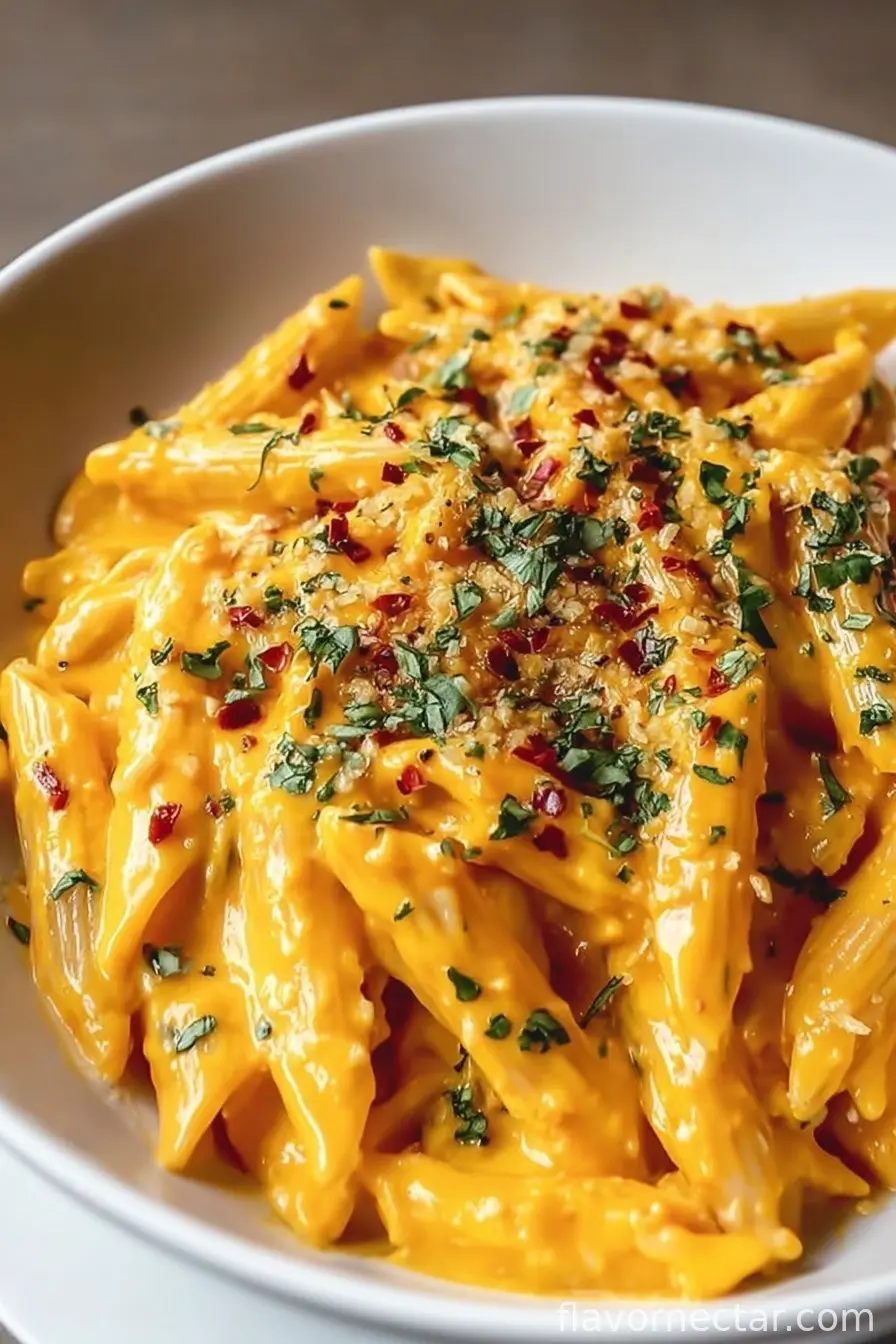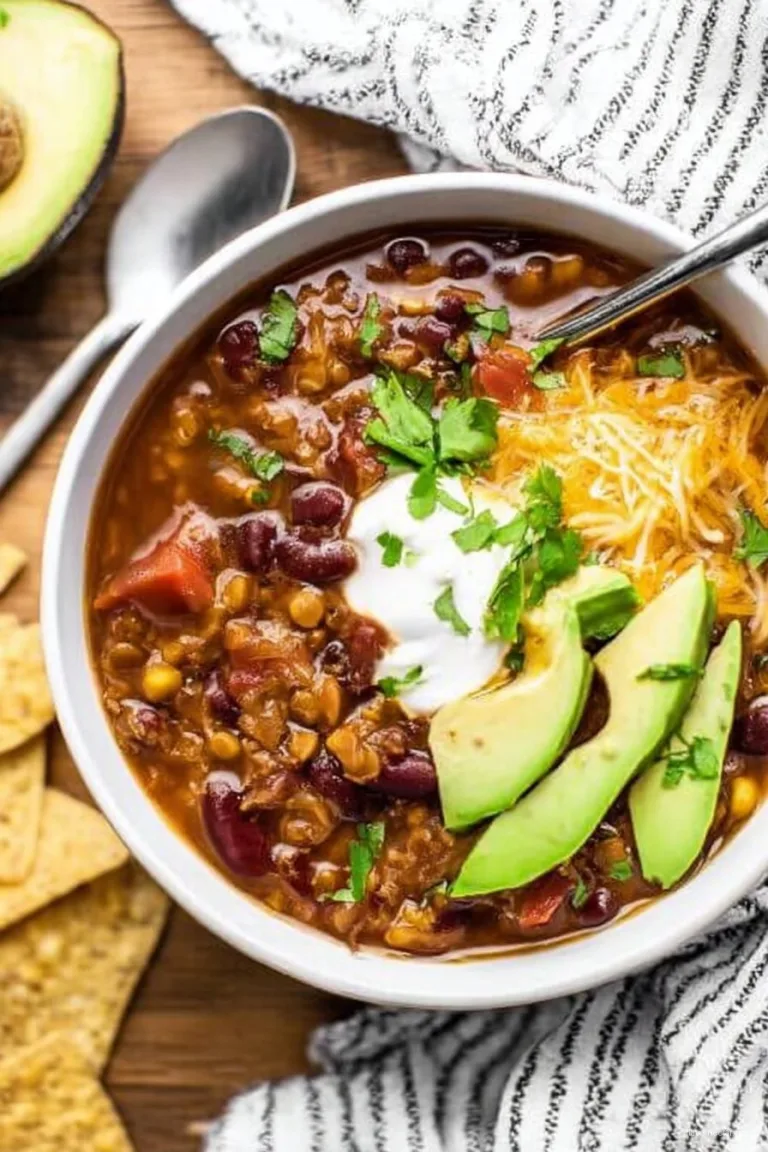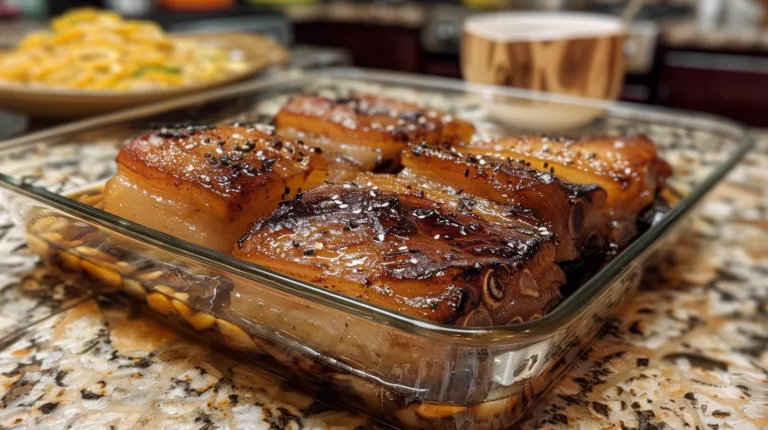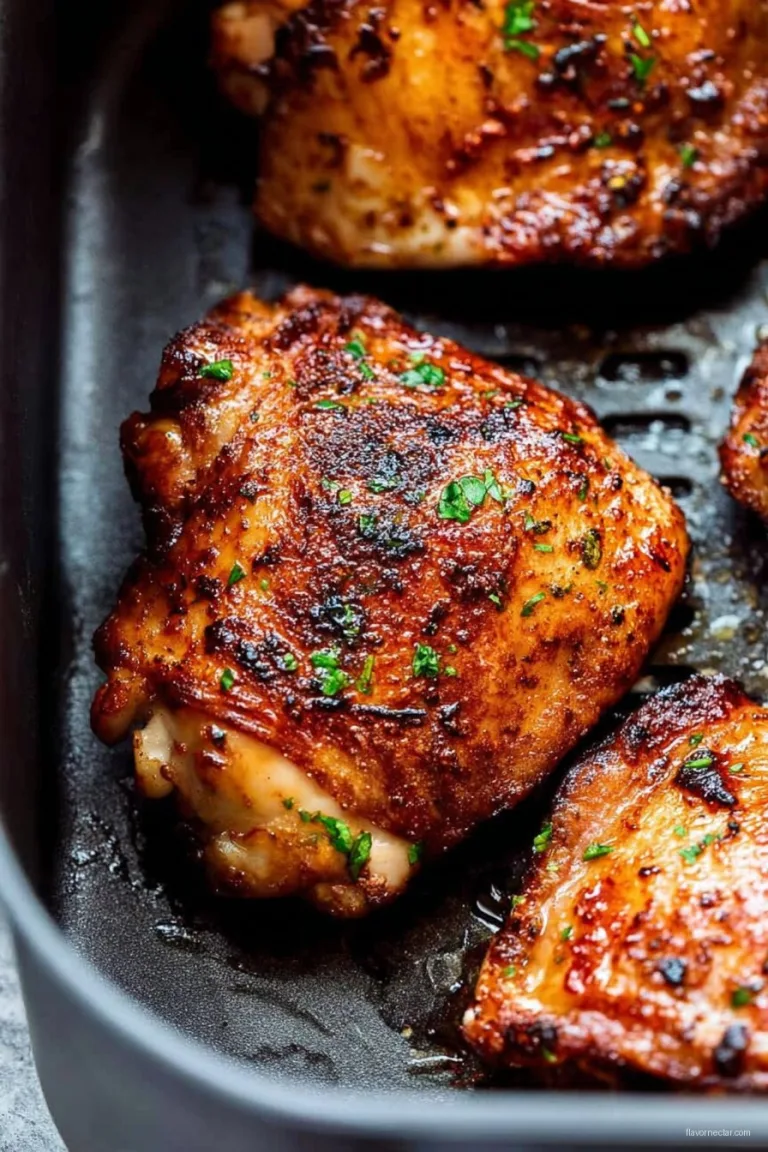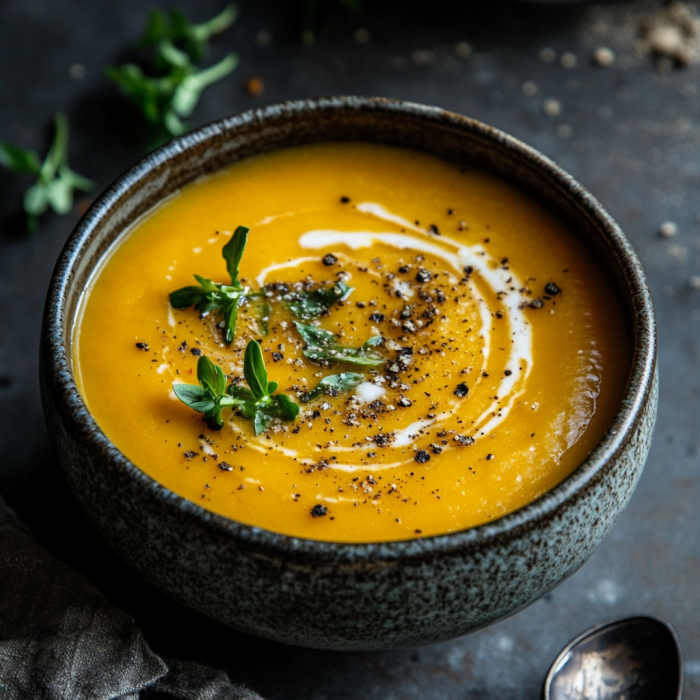Hey y’all! Looking for a cozy, creamy, and irresistibly tasty sauce to dress up your next pasta night? This Butternut Squash Pasta Sauce Recipe is sweet, velvety, and packed with wholesome goodness. Whether you’re planning a weeknight dinner, a casual family meal, or a festive holiday spread, this sauce is your new favorite comfort food twist. Let’s get cooking!
Why You’ll Love This Butternut Squash Pasta Sauce Recipe
- Sweet and creamy flavor pairs perfectly with any pasta shape.
- Easy to make with just a handful of everyday ingredients.
- Packed with vitamins and naturally gluten-free.
- Versatile—works well with plant-based or dairy add-ins.
- Kid-friendly and perfect for meal prepping in advance.
Butternut Squash Pasta Sauce Recipe Ingredients
- 1 medium butternut squash (about 2 pounds), peeled, seeded, and cubed
- 2 tablespoons olive oil
- 1 medium yellow onion, chopped
- 3 garlic cloves, minced
- 1 cup vegetable broth
- 1/2 cup heavy cream (or coconut cream for vegan)
- 1/2 teaspoon salt
- 1/4 teaspoon black pepper
- 1/2 teaspoon dried thyme or sage
- Pinch of nutmeg (optional)
- 1/4 cup grated parmesan cheese (optional, plus more for serving)
How to Make Butternut Squash Pasta Sauce Recipe
Step 1: Roast the Butternut Squash
Preheat your oven to 400°F (200°C). Toss cubed butternut squash in 1 tablespoon olive oil, season with a pinch of salt and pepper, and spread on a baking sheet. Roast for 25-30 minutes until golden and fork-tender.
Step 2: Sauté Aromatics
While squash roasts, heat remaining 1 tablespoon olive oil in a large skillet over medium heat. Add chopped onion and cook for 4-5 minutes until translucent. Stir in garlic, thyme, and nutmeg, and sauté for another minute until fragrant.
Step 3: Blend the Sauce
Add roasted squash and sautéed aromatics to a high-speed blender or food processor. Pour in the vegetable broth and blend until completely smooth and creamy. (Careful—work in batches if needed!)
Step 4: Finish the Sauce
Return the blended sauce to the skillet over low heat. Stir in the heavy cream and, if desired, the parmesan cheese. Simmer gently for 5-7 minutes, stirring frequently, until thick and velvety. Taste and adjust seasoning.
Step 5: Serve
Toss hot pasta in the sauce, garnish with extra parmesan, black pepper, and fresh herbs. Serve immediately for best flavor!
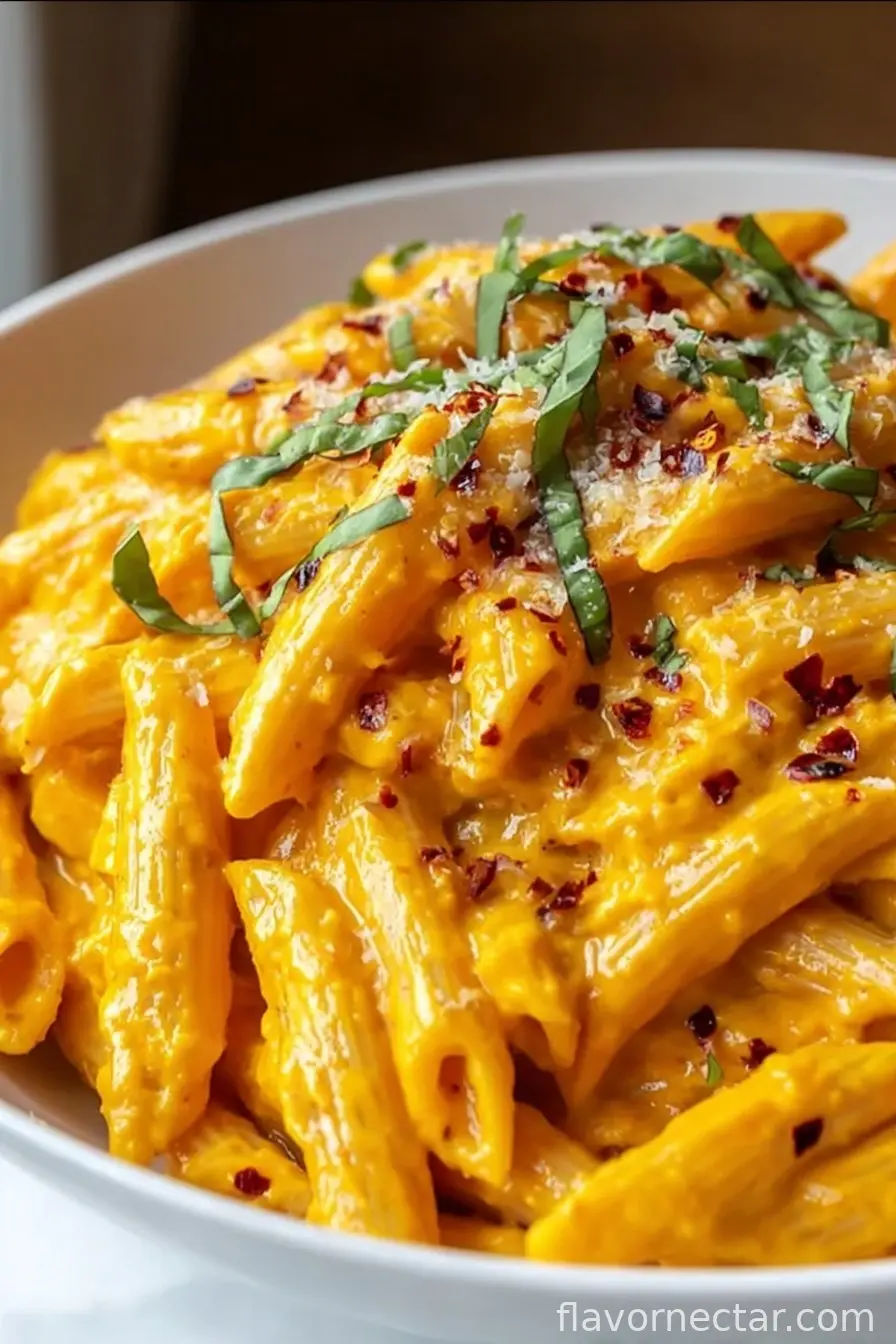
Notes for the Best Butternut Squash Pasta Sauce Recipe
- For ultra-smooth texture, use a high-powered blender and strain if desired. Check blender tips here.
- Roasting develops maximum sweetness and depth, so don’t skip this step!
- Add stock gradually if you prefer a thicker sauce consistency.
Butternut Squash Pasta Sauce Recipe Variations
- Spicy Kick: Stir in 1/4 teaspoon red pepper flakes or a pinch of cayenne.
- Vegan Version: Swap cream for coconut milk and use nutritional yeast instead of parmesan.
- Herby Lift: Blend in 1/4 cup fresh basil or sage for aromatic flair.
Required Equipment for Butternut Squash Pasta Sauce Recipe
- Sharp chef’s knife and vegetable peeler
- Baking sheet
- Large skillet
- High-speed blender or food processor
- Wooden spoon
Storage Instructions for Butternut Squash Pasta Sauce Recipe
Let sauce cool completely, then store in an airtight container in the refrigerator for up to 4 days. For longer storage, freeze in portioned containers up to 2 months. Thaw gently in the fridge and reheat over low heat, adding a splash of broth or cream to restore creaminess.
Serving Suggestions for Butternut Squash Pasta Sauce Recipe
- Serve over al dente penne, fusilli, or fettuccine.
- Pair with crispy sage leaves or toasted walnuts for texture.
- Delicious alongside garlic bread or a fresh arugula salad.
- Try as a sauce for baked gnocchi or stuffed shells.
Pro Tips for Butternut Squash Pasta Sauce Recipe
- For even roasting, cut butternut squash cubes the same size and don’t overcrowd the pan. More roasting tips at Cooking Light.
- Be patient while blending—creamier sauces are worth the extra minute.
- Use full-fat cream or coconut milk for ultimate silkiness and mouthfeel, as advised by Bon Appétit.
FAQ: Butternut Squash Pasta Sauce Recipe
- Can I make this sauce ahead of time?
- Absolutely! Make up to 2 days in advance and store in the fridge. Warm gently before serving.
- Is this sauce gluten-free?
- Yes, the sauce itself is gluten-free. Just choose gluten-free pasta to keep the entire dish suitable.
- Can I use frozen butternut squash?
- Yes! Thaw and pat dry before roasting for best caramelization and texture.
Ingredients
- 1 medium butternut squash (about 2 lbs), peeled, seeded, and cubed
- 2 tablespoons olive oil
- 1 small yellow onion, chopped
- 3 cloves garlic, minced
- 1/2 teaspoon dried thyme
- 1/2 teaspoon dried sage
- 1 cup vegetable broth
- 1/2 cup whole milk or plant-based milk
- 1/4 cup grated Parmesan cheese (optional)
- Salt and black pepper to taste
Instructions
-
1Preheat the oven to 400°F (200°C). Toss the cubed butternut squash with 1 tablespoon of olive oil, salt, and pepper. Spread on a baking sheet and roast for 25-30 minutes, or until tender and golden.
-
2Meanwhile, heat the remaining olive oil in a large skillet over medium heat. Add the chopped onion and cook until translucent, about 5 minutes. Add the garlic, thyme, and sage, and sauté for 1 more minute.
-
3Add the roasted butternut squash to the skillet along with the vegetable broth. Simmer for 5 minutes, then remove from heat.
-
4Transfer the mixture to a blender or use an immersion blender to blend until smooth. Return the sauce to the skillet, stir in the milk, and warm over low heat. Adjust seasoning with salt and pepper.
-
5Stir in the grated Parmesan cheese if using, and serve the sauce tossed with your favorite pasta.
Approximate Information for One Serving
Nutrition Disclaimers
Number of total servings shown is approximate. Actual number of servings will depend on your preferred portion sizes.
Nutritional values shown are general guidelines and reflect information for 1 serving using the ingredients listed, not including any optional ingredients. Actual macros may vary slightly depending on specific brands and types of ingredients used.
To determine the weight of one serving, prepare the recipe as instructed. Weigh the finished recipe, then divide the weight of the finished recipe (not including the weight of the container the food is in) by the desired number of servings. Result will be the weight of one serving.
Did you make this recipe?
Please consider Pinning it!!

